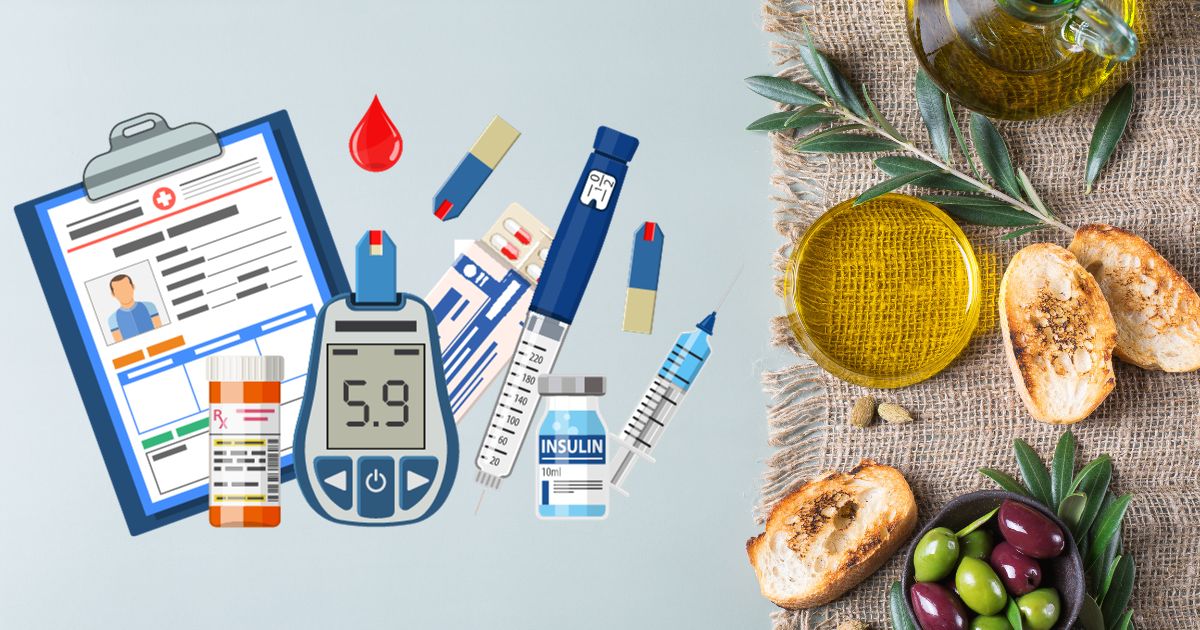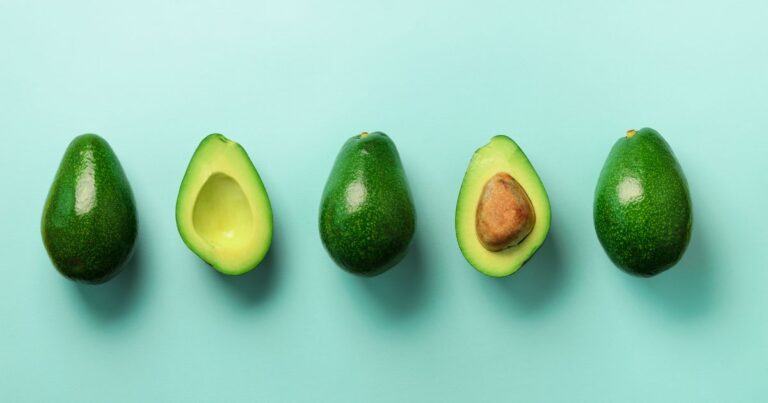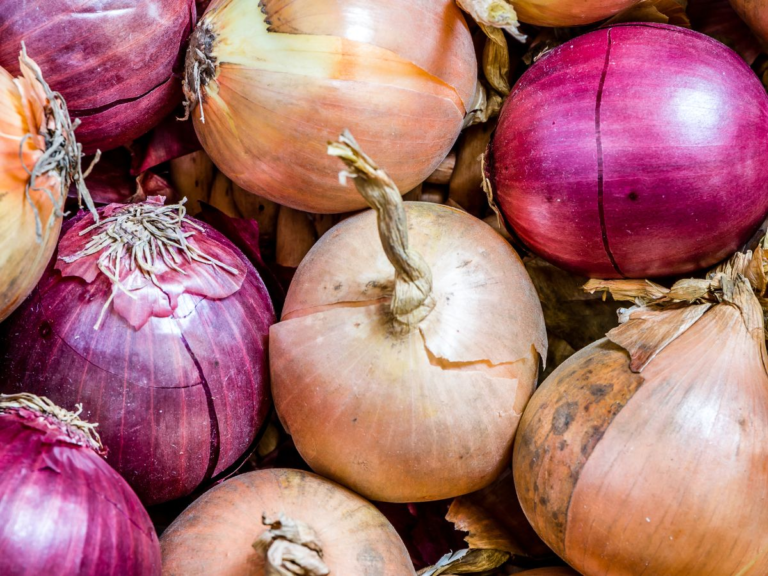Can Olives Be Good For Diabetics? The Impact on Blood Sugar Levels
This isn’t just another boring health article – it’s the juicy truth about olives and diabetes. Get ready to be entertained, enlightened, and maybe even a little surprised about how these tiny fruits can impact a diabetic diet.
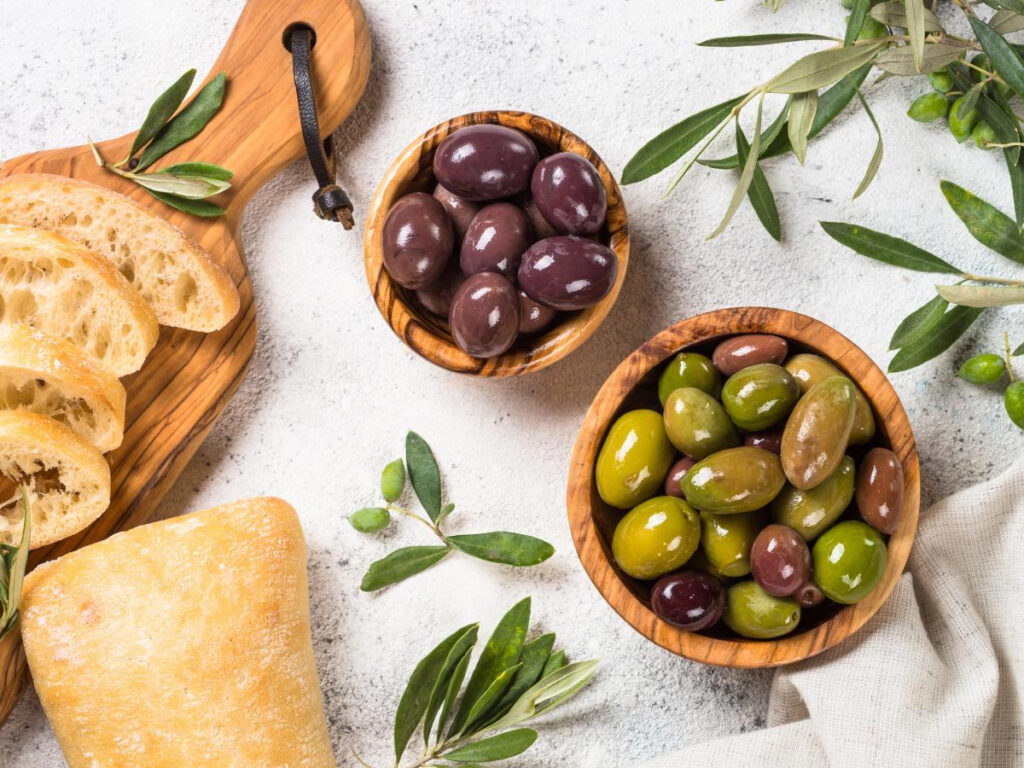
For The Love of Extra Virgin Olive Oil
Are Olives Good For Diabetics? It’s not just about sugar highs and lows; diabetes is a complex condition that requires a delicate balance in diet.
And when it comes to diet, every morsel matters, especially for those with diabetes. It’s like walking a tightrope, but instead of a safety net, there are insulin and blood sugar levels.
Enter olives – those small, unassuming fruits (yes, they’re fruits!) that often get sidelined as mere pizza toppings or martini garnishes.
Olives come in all shapes and sizes – from the plump and juicy Kalamatas to the small and mighty green olive Manzanillas.
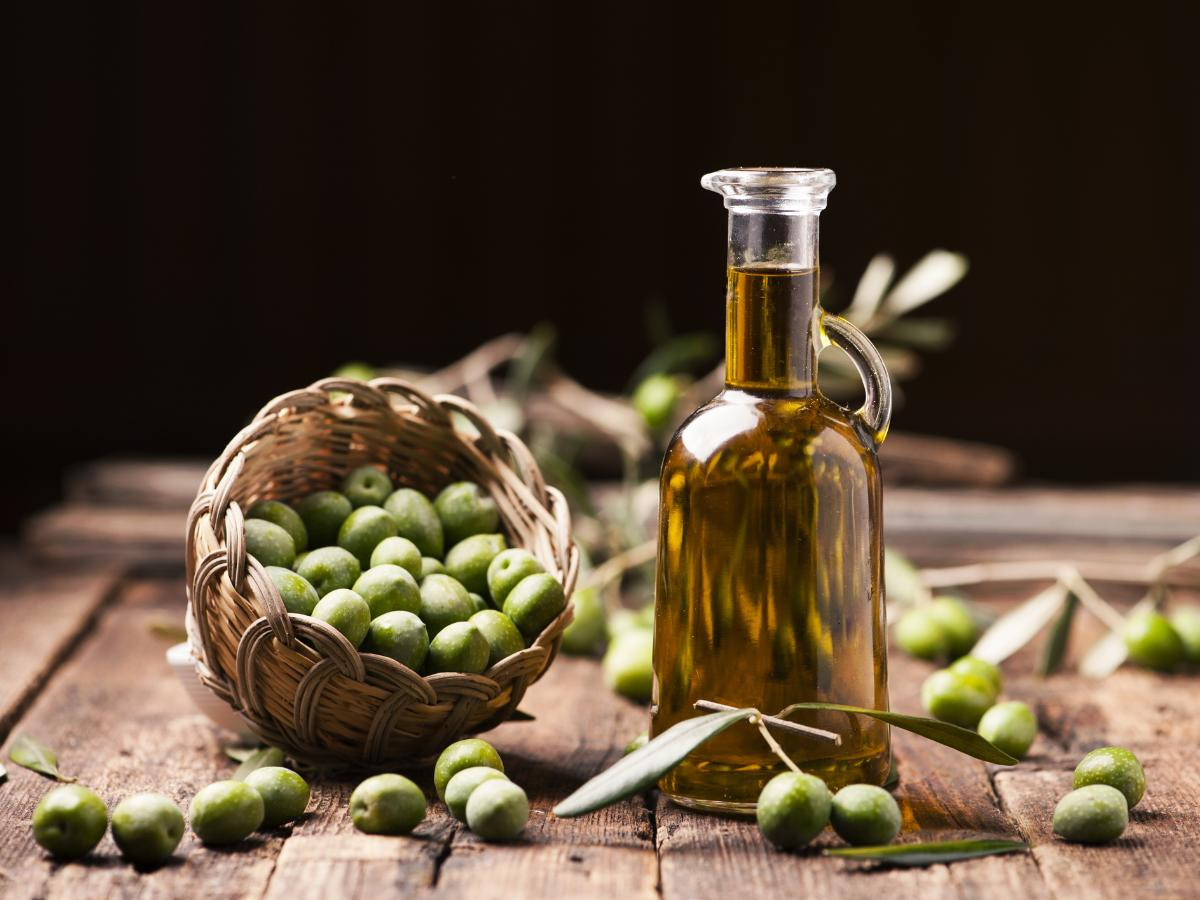
In my kitchen, olives are the unsung heroes. They add a punch of flavor to salads, twist sauces, and sometimes make a great snack right out of the jar to cure those olive cravings (don’t judge; we’ve all been there).
But here’s the million-dollar question: are these briny, salty flavor beauties suitable for diabetics like my dad or your sister?
Spoiler alert: they’re not just good; they might be game-changers with numerous health benefits and the ability to help diabetics control blood sugar levels.
We’re diving deep into olives – exploring their nutritional profile, understanding their impact on blood sugar levels, and figuring out how they can fit into a diabetes-friendly diet.
Table of Contents
How Are Olives Good For Diabetics?

Are olives a wise choice for those managing diabetes?
This question often pops up in discussions about a diabetic-friendly healthy diet. As simple as they seem, olives pack a nutritional punch that could benefit blood sugar control. This section will unravel the truth about olives and their impact on diabetes management.
Nutritional Profile of Olives

First off, let’s talk numbers. Olives are like those tiny gym weights that pack a punch. They’re low in calories but rich in the good stuff. A serving of about ten small olives (roughly 28 grams) clocks in at around 35-40 calories. But the real magic of olives lies in what those calories are made of.
The star of the show in olives is their fat content. We’re talking about monounsaturated fats, specifically oleic acid, a celebrity in the heart-health world.
This is the same type of fat that gives extra virgin olive oil its reputation as a heart-friendly choice. So, when you’re snacking on green olives on your charcuterie board, you’re giving your heart some love.
Carbohydrates and olives have a distant relationship. With less than 2 grams per serving (primarily fibers), these little guys are super low-carb. The low carb content means they have a minimal impact on blood sugar levels – a massive win in the diabetic diet playbook.
Fiber, you ask?
Yep, olives have that too. They’re not going to break any fiber records, but they contribute to the cause, aiding in digestion and keeping things moving along, if you know what I mean.
Now, let’s not forget vitamins and minerals. Olives come equipped with vitamin E, iron, copper, and calcium. Vitamin E is like the guardian of your cells, protecting them from damage, while minerals play their part in various bodily functions.
But wait, there’s a cherry (or should I say an olive?) on top: antioxidants. Olive fruits are rich in them, especially a compound called oleuropein.
The antioxidants in olive oil are like your body’s bodyguards, fighting off damage from free radicals and reducing inflammation. For someone with diabetes, this is excellent news, as it helps in managing oxidative stress.
So, there you have it – a snapshot of the nutritional treasures hidden in these tiny, mighty olives. It is low in calories, rich in healthy fats, minimal carbs, a touch of fiber, a sprinkle of essential nutrients, and a hefty dose of antioxidants.
Impact of Olives on Blood Sugar Levels

Now, let’s get down to the nitty-gritty: blood sugar levels. Here’s where olives come in as a bit of a superhero. Their low carbohydrate content (we’re talking low) means they won’t send your blood sugar on a roller coaster ride. Olives are so low-carb that they’re almost flirting with no-carb.
Food’s glycemic index (GI) is like a traffic light for blood sugar – and olives are happily sitting at a green light. They have a low GI, which means they release glucose slowly and steadily, avoiding those nasty spikes in blood sugar levels.
Benefits of Olives for Diabetics

Studies have shown that the oleic acid in olives can help improve insulin sensitivity. That’s a big deal because better insulin sensitivity means your body can handle blood sugar more effectively.
Plus, there are antioxidants in olives. Do you remember those bodyguards I mentioned? – they’re also great for overall health and other health benefits, essential when managing diabetes.
But don’t just take my word for it. Research has backed up these claims, showing that a diet rich in olives can benefit people with diabetes.
How to Incorporate Olives into a Diabetic Diet

As a chef, this is where I get excited. Olives are versatile – they can be stars or supporting actors in a dish:
Sprinkle Chopped olives over salads or pasta dishes; use olive oils in salad dressing for a salty kick.
Throw green olives into stews and black olives into sauces for a depth of flavor.
Use olive tapenade as spread on sandwiches – it’s a game-changer and part of the Mediterranean diet.
Snack on them right out of the jar – no judgment here!
Precautions and Considerations
If you’re picking green olives from a jar, keep an eye on the sodium content, especially if you have high blood pressure. And remember, moderation is key. Even good things can be too much if overdone.
How Does Olive Help with Diabetes?

While olives offer these benefits, it’s essential to consume them in moderation, particularly considering the sodium content in some processed olives, like those that are pickled or canned.
High sodium intake can be a concern, especially for individuals with hypertension, which often accompanies diabetes.
Low Carbohydrate Content: Olives contain very few carbohydrates, which means they have a minimal impact on blood sugar levels. This is particularly important for diabetics, as managing carbohydrate intake is crucial for maintaining stable blood glucose levels.
Healthy Fats: Olives are rich in monounsaturated fats, especially oleic acid. These healthy fats positively affect heart health, which is important since diabetics are at a higher risk for heart-related issues. Additionally, monounsaturated fats can improve insulin sensitivity, which helps in better blood sugar regulation.
Low Glycemic Index: Due to their low carbohydrate content, olives have a low glycemic index (GI). Foods with a low GI are beneficial for diabetics as they are less likely to cause rapid spikes in blood glucose levels.
Antioxidant Properties: Olives are a good source of antioxidants, such as vitamin E and other phenolic compounds. The antioxidants in extra virgin olive oil can help reduce oxidative stress and inflammation, which are often concerns in diabetes management. Oxidative stress has been linked to insulin resistance, a key factor in type 2 diabetes.
Fiber Content: While not exceptionally high in fiber, olives contain some dietary fiber. Fiber aids digestion and can help slow the absorption of sugars, contributing to more stable blood sugar levels.
Appetite Control: The fat content in olives can contribute to feeling fullness or satiety, which can help with weight management. Maintaining a healthy weight is often a crucial part of managing diabetes.
Conclusion
So, what’s the verdict on olives and diabetes? They’re not just good but a fantastic addition to a diabetic-friendly diet.
Low in carbs, high in healthy fats, and packed with antioxidants – olives are like little nutritional powerhouses. Remember to balance them with other foods and consult your healthcare provider for personalized advice.
Next time you see olives, remember they’re more than just a garnish; they’re a tasty, healthy option for managing diabetes.
FAQ and Additional Information
How many olives can a diabetic eat?
Olives are known for their low carbohydrate content, making them a favorable choice for diabetics who need to manage their blood sugar levels.
However, the appropriate quantity of olives for a diabetic can vary based on diet, health, and blood sugar control.
As a general guideline, starting with a modest portion, such as 5 to 10 olives, can be a prudent approach. This allows one to monitor how their body responds without significantly impacting blood sugar levels.
It’s important to remember that while olives are beneficial, they can be high in sodium, especially if pickled or brined, which might concern people with hypertension or heart disease.
Are canned black olives good for diabetics?
Canned black olives can be a good option for diabetics, primarily due to their low carbohydrate content, which makes them unlikely to cause significant spikes in blood sugar levels:
Low in Carbohydrates: Black olives, like other olives, contain minimal carbohydrates, making them a diabetic-friendly food in terms of blood sugar impact.
Healthy Fats: They are a source of healthy monounsaturated fats, particularly oleic acid, which is beneficial for heart health and may improve insulin sensitivity.
Fiber Content: While not a high-fiber food, black olives contain some dietary fiber, which is beneficial for digestion and can help regulate blood sugar levels.
However, there are a few considerations to keep in mind:
Sodium Content: Canned black olives often contain added salt, which can increase their sodium content. Excess sodium intake can be a concern for individuals with hypertension, a common condition in diabetics. It’s important to check the label for sodium content and choose lower-sodium options if available.
Portion Control: While black olives are low in carbs, monitoring portion sizes is always advisable to maintain a balanced diet, especially for individuals with diabetes.
Preservatives and Additives: Some canned olives may contain preservatives or additives. Reading labels to understand what’s in the product is a good practice, especially for those managing chronic health conditions.

